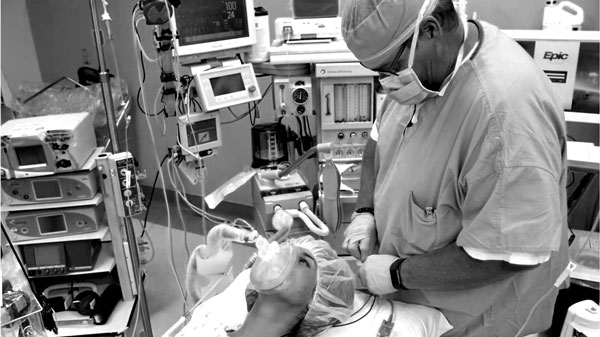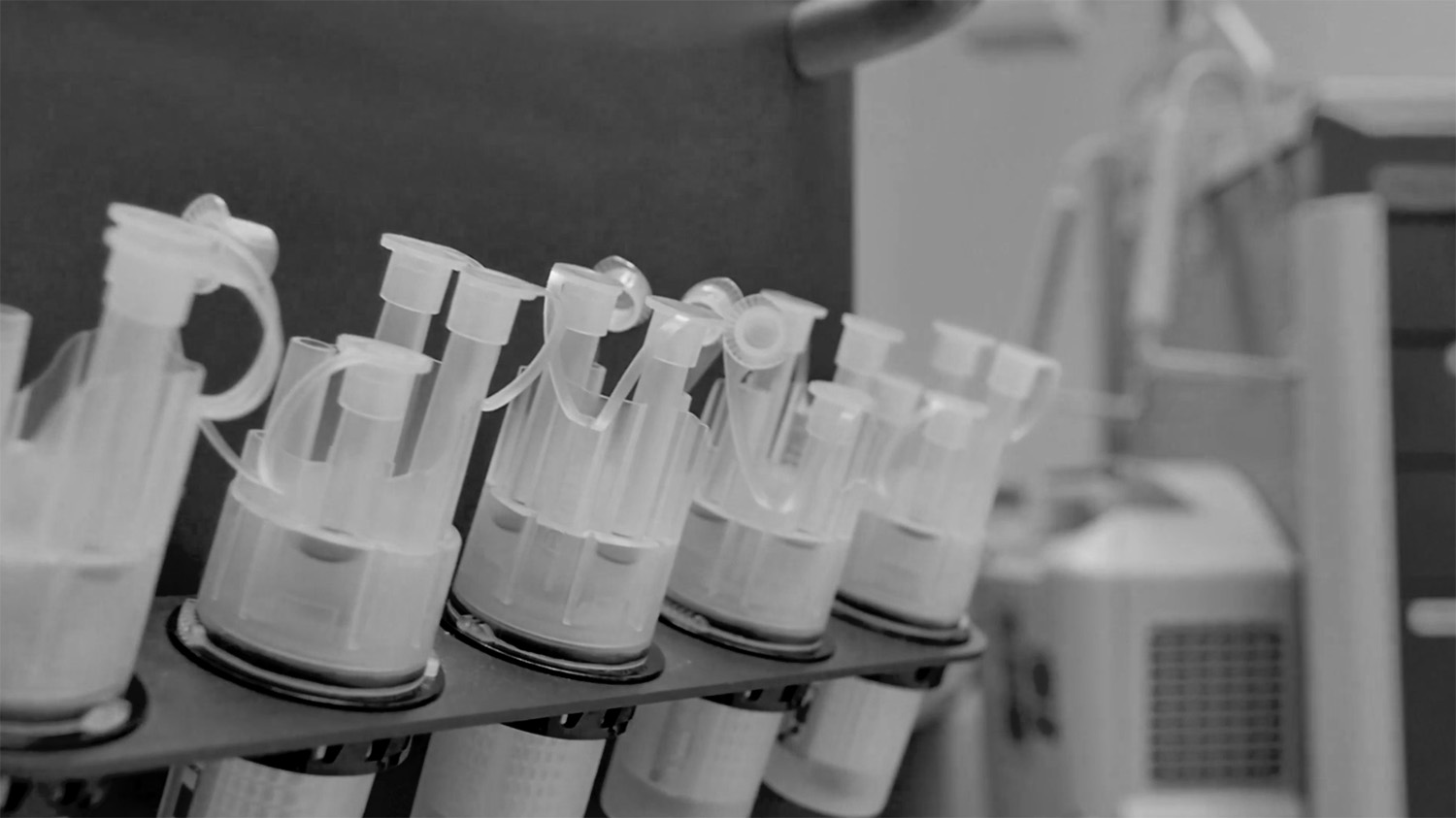ABOUT CRNAs
HISTORY OF NURSE ANESTHESIA
Established in the late 1800s as the first clinical nursing specialty, nurse anesthesia developed in response to the need for dedicated and watchful care of the anesthetized surgical patient. Certified Registered Nurse Anesthetists (CRNAs) have been administering anesthesia for over 150 years. Missouri CRNAs are among the largest and oldest organized groups of CRNAs in America.
Click here to learn more about the many ways CRNAs provide safe, affordable anesthesia for all patients.

HOW WE STARTED
The Missouri Association of Nurse Anesthetists (MoANA) has more than 1,200 statewide members. MoANA was founded in 1935 by 15 charter members, including Helen Lamb of St. Louis. She became the first president of MoANA and later served as president of the American Association of Nurse Anesthetists (AANA), our parent organization. She also was director of one of the first schools of nurse anesthesia, begun in 1929 at Barnes Hospital in St. Louis. The Barnes School of Nurse Anesthesia was proudly in existence for more than 65 years. The program re-opened its doors in 2005, and is now called the Goldfarb School Nursing Anesthesia Program at Barnes-Jewish College in St. Louis, Missouri.

CRNAS ARE THE PRIMARY ANESTHESIA PROVIDERS IN RURAL MISSOURI
In Missouri in 2017, 48% of the counties with hospitals providing surgical services offer anesthesia provided solely by CRNAs. CRNA-only anesthesia services are especially predominant in the rural, medically under-served areas of the state. CRNAs reduce the need for rural patients to travel long distances to urban areas, or in some cases forgo needed care.
As advanced practice registered nurses, CRNAs practice with high degrees of autonomy and professional integrity, bearing carefully the responsibility of safe anesthesia care.
LEARN MORE ABOUT CRNAs IN MISSOURI
CRNAs PRACTICE IN EVERY SETTING IN WHICH ANESTHESIA IS DELIVERED:
● Trauma centers
● Traditional hospital surgical suites and obstetrical delivery rooms
● Critical access hospitals
● Ambulatory surgical centers
● Offices of dentists, podiatrists, ophthalmologists, plastic surgeons, and pain management specialists
● U.S. military, Public Health Services, and Department of Veterans Affairs healthcare facilities